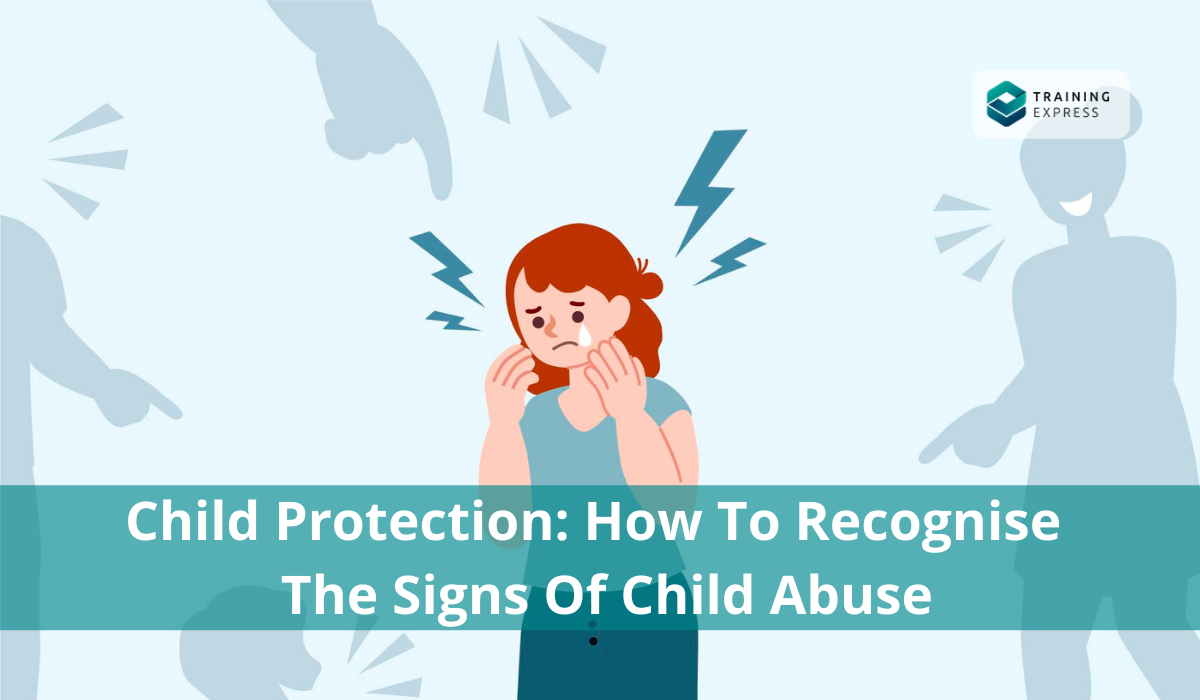Child maltreatment can cause a lot of psychological problems. It can cause victims to feel isolated, fearful, and distrusting. And these can translate into lifelong psychological consequences. It causes educational difficulties, low self-esteem, trouble forming and maintaining relationships. Researchers have identified links between child maltreatment and the following psychological issues.
Reduced functioning and cognitive skills – A child’s brain development is disrupted as a result of maltreatment. It can cause damage to the brain’s functions. Like working memory, self-control, and cognitive flexibility. Without cognitive flexibility, a person loses the ability to look at situations from different perspectives. Abused children are also at risk for other problems. Like, difficulties in learning and paying attention.
Poor mental and emotional health – Experiencing childhood abuse is a risk factor for the following. Usually, these remain throughout their adulthood as well: Depression, Anxiety and Other psychiatric disorders.
Studies have found that adults with a history of Adverse Childhood Experiences have a higher chance of suicide attempts. More so than those who did not. Depression is one of the most commonly occurring aftermaths of past abuse. Adults who have experienced child abuse are two and a half times more likely to have severe depression.
Attachment and social difficulties – Children who experienced abuse and had poor early caregiving can develop attachment disorders. These can negatively affect a child’s ability to form any kind of positive relationships later in life. Like peer, social, and romantic relationships. Additionally, they are more likely to develop antisocial traits as they grow older. Consequently, they can lead to criminal behaviour later on.
Post-traumatic stress – People with a past of child abuse are six times more likely to have a post-traumatic stress disorder. PTSD is defined by symptoms such as:
* Re-experiencing of the traumatic events linked to the abuse repeatedly
* Avoiding people, places, and events related to their mistreatment
* Feeling fear, anger, guilt, shame
* Startling pretty easily
* Displaying hypervigilance, irritability and other changes in mood
Children with PTSD often lead to depression, substance uses and defiant behaviours. They might exhibit suicidal behaviour as well. These symptoms may remain in adulthood too. Thus, affecting their ability to succeed in life, and nurture relationships.


